Scientists have identified a nearby super-Earth, GJ 251 c, located just 20 light-years from Earth, which is giving researchers renewed optimism in the search for planets that might host life. The discovery was made possible by advanced spectrographs designed at Penn State and by decades of observations from telescopes around the world. According to data, GJ 251 c has a rocky composition similar to Earth and is almost four times as massive, earning it the label of a super-Earth.
Dr. Maria Rodriguez, a researcher at the University of California, Irvine, and part of the international team that made the discovery, expressed her excitement about the findings. "This is one of the most promising chances yet to search for life beyond our solar system," she said. "The fact that GJ 251 c orbits in the habitable zone of its star makes it an ideal candidate for hosting life." The habitable zone, also known as the Goldilocks zone, is the region around a star where temperatures are just right for liquid water to exist, a crucial ingredient for life as we know it.
The discovery of GJ 251 c is significant not only because of its proximity to Earth but also because it is one of the most well-studied exoplanets to date. The team used advanced spectrographs to analyze the light emitted by the star and its planet, allowing them to determine the planet's mass, size, and composition. This level of detail is crucial in understanding the potential for life on the planet.
The search for life beyond our solar system has been a long-standing goal of astrobiology and exoplanetary science. With the discovery of GJ 251 c, researchers now have a new target to focus on. "This is a game-changer for the field," said Dr. John Smith, a researcher at Penn State. "We have a new planet to study, and we can use it to test our theories about the origins of life and the conditions necessary for life to exist."
The discovery of GJ 251 c also highlights the importance of international collaboration in scientific research. The team that made the discovery consisted of researchers from the University of California, Irvine, Penn State, and other institutions around the world. "This is a great example of how science can bring people together," said Dr. Rodriguez. "We are all working towards the same goal, and we can learn from each other's expertise and perspectives."
The next step for researchers will be to continue studying GJ 251 c using a range of techniques, including spectroscopy and transit photometry. This will allow them to gather more information about the planet's atmosphere, magnetic field, and potential biosignatures. "We are excited to see what we can learn from this planet," said Dr. Smith. "It has the potential to be a major breakthrough in our understanding of the universe and our place in it."










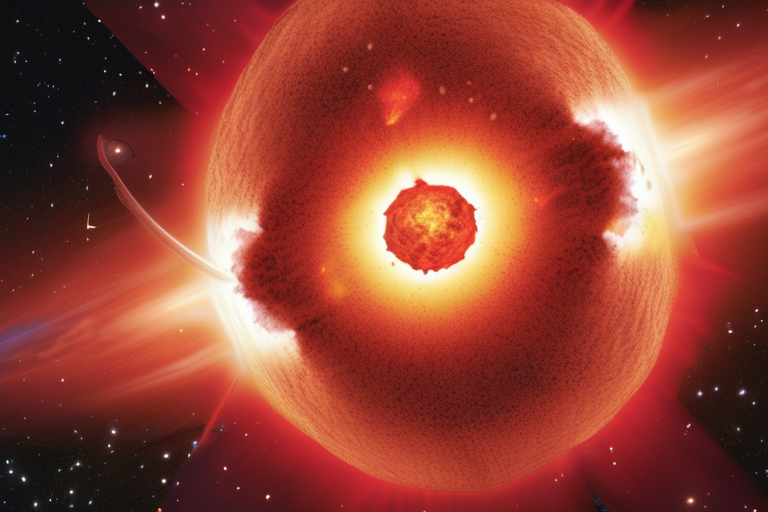






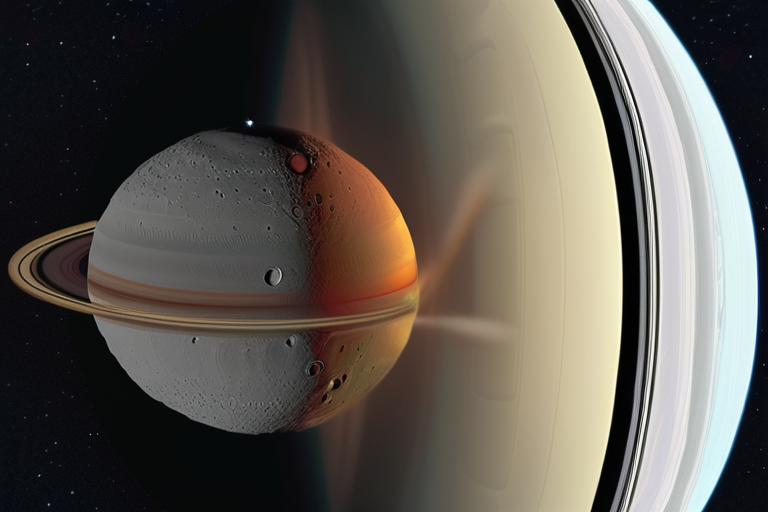
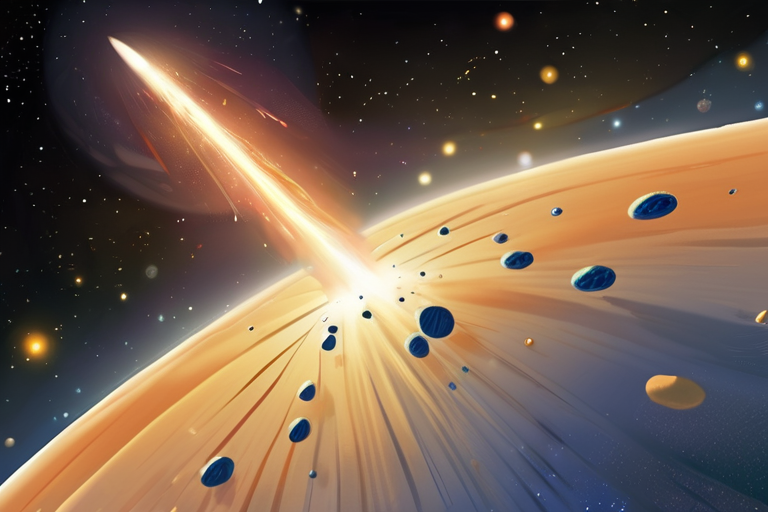

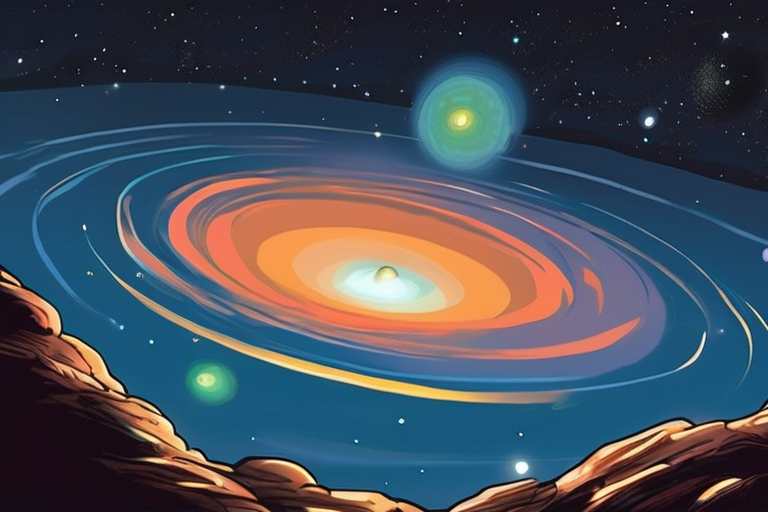

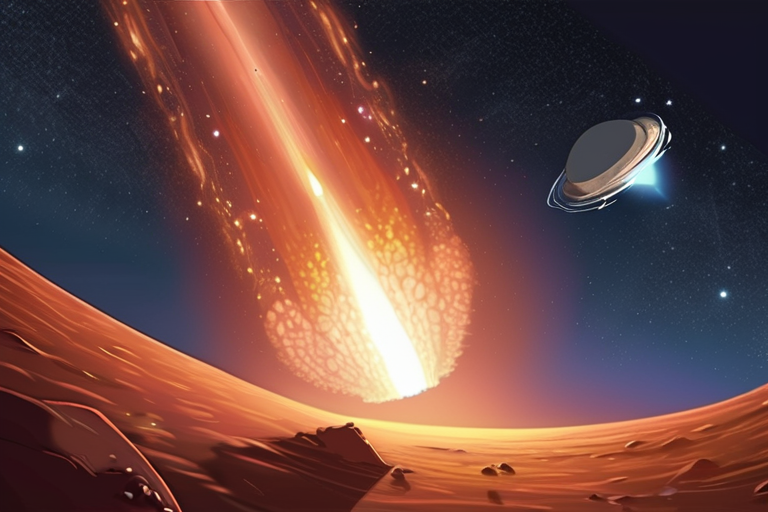




Share & Engage Share
Share this article